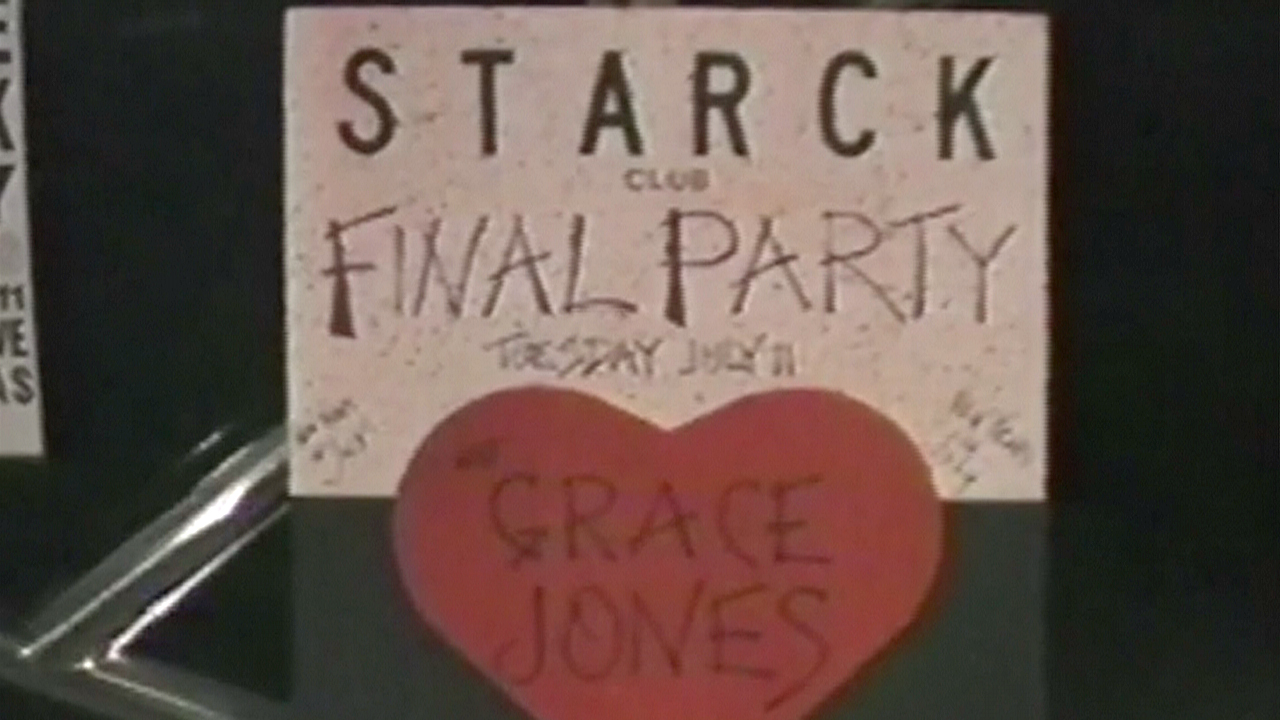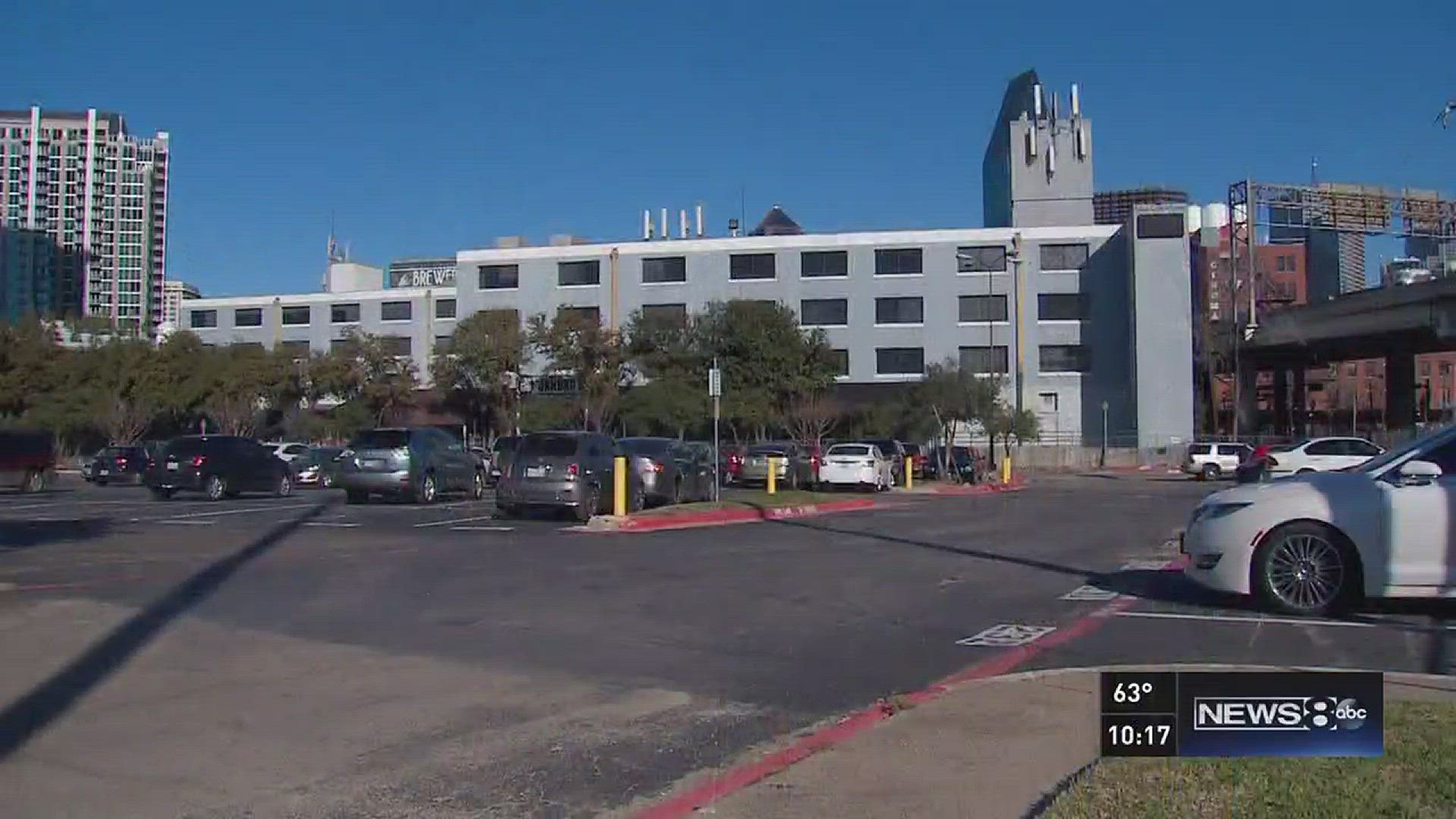DALLAS -- The music, socialites, and celebrities all added to the energy of the drug-fueled dance parties at a place called the Starck Club.
"The Starck Club was different," said Blake Woodall, the owner of the club. "It just stayed on the cutting-edge."
When the Starck Club opened its doors in 1984, people were shocked a club like that could exist in the heart of the Bible Belt.
"The whole thing was dressing up, celebrating life, being happy, and entering a place where you were in a safe zone," said Greg McCone, who was the general manager.
It was the first club where you could find gay people and straight people partying together in Dallas at a time when segregated clubs were the norm.
Michael Cain has just completed a documentary about the legendary club.
"What really attracted me was it was about tolerance and acceptance and transformation," Cain said.
On any given night, you could find the celebrity elite -- even conservatives ones -- mixing in with the rest.
"You might see Maurine Reagan and George Bush there on a given night, or Oliver Stone would have a party, or Prince would call and say he wanted to do something after a concert," McCone said. "It was so much fun."
South Dallas native Rob Van Winkle, more commonly known as early '90's rap icon Vanilla Ice, says the club was edgy and cool.
"I had a weekend [there] that lasted about four years," he told News 8.

Big names performed there. Grace Jones and Stevie Nicks were there on opening night.
The club, with it's top-notch DJs, brought Dallas to life.
"I would go in there and break dance and just listen to the music. It had great music," Vanilla Ice said. "It had multilevel floors and you could run around."
Woodall says he wanted to build a club like no other. He did, with the help of French designer Phillpe Starck.
"He said, 'Let's find something really, really nasty,' and we found a building in the railyards, where there were hobos, indigents, and people were in bad circumstances," Woodall said.
They transformed it, from the marble floors to the crystal wine glasses. But the most popular feature was the bathrooms, which were unisex.
"There were people that came to the club went to the restrooms, stayed two hours, and then went home -- never went to the club," McCone said.
And there there was the MDMA, a drug known as ecstasy. At the time the club opened, it was legal, and it was everywhere.
"Dallas was the headquarters of this drug being distributed," Cain said.
"The fact of the matter is the drug was a major contributor to the overall attitude everyone had in the room," McCone said.
The building will soon be demolished. But it won't erase the memories of an iconic time in the nightclub scene of yesterday.

